Lead in Water: EPA’s New Service Line Dashboard, 4 Million LSLs Estimate
New totals based on more reliable numbers
New totals based on more reliable numbers
Increasing corporate transparency and accountability would turn a negative into a positive. Will it be done?
EPA sends mixed signals. It is too soon to tell what that means.
450,000 children and 1 million adults put at greater risk of IQ loss and premature death by action.
The priorities reflected in the early May budget proposal show a misunderstanding about federal lead programs.
Navigating and communicating the changes can be difficult. Here are some tips.
EPA’s and Unleaded Kids’ tools can help communities project cost savings associated with the neurodevelopment disorder and lead exposure.
Latest version of EPA tool empowers states and others to make decisions by distilling complicated factors into streamlined blood lead level data
